The Malayan Leaf Frog Lives Up to Its Name
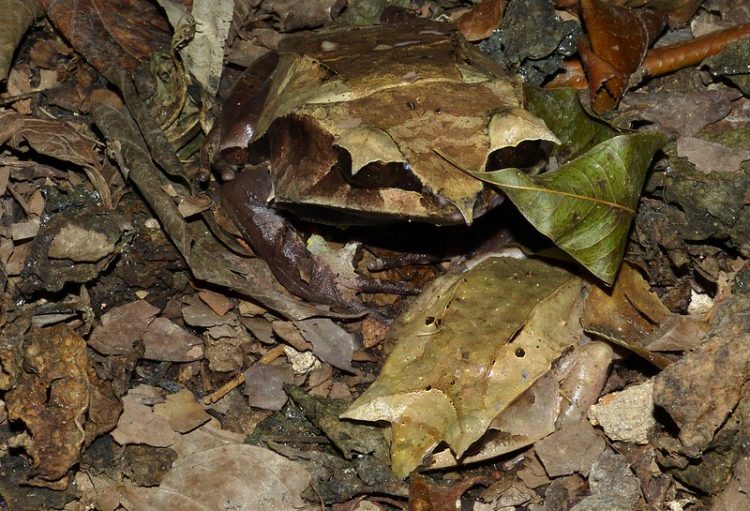
The Malayan leaf frog, a.k.a long-nosed horned frog, is one of the most remarkable creatures on Earth, at least in terms of natural camouflage. We’ve featured some truly impressive masters of camouflage in the past, from the dead leaf butterfly to a plant that evolved to mimic the rocky terrain it grows on, but the […]
Golden Tortoise Beetles – Nature’s Living Jewels
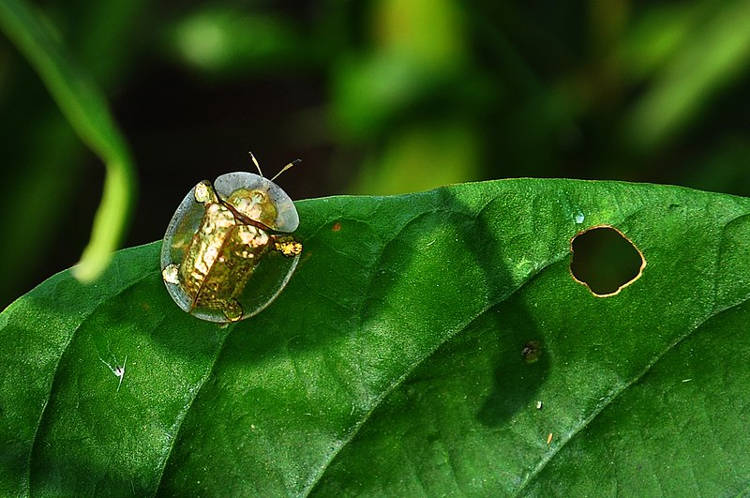
Ever seen a tortoise the size of a fly? How about a golden one that can actually fly? Well, today’s your lucky day, as you get to discover one of nature’s shiny treasures – the golden tortoise beetle. Before you open a fresh tab to search if these adorable critters are real or just the […]
Controversial Hotel That Offers 24/7 View of Captive Polar Bears Draws Criticism

The Polar Bear Hotel, part of the Harbin Polarland theme park in Heilongjiang, China, opened its gates this week to full bookings and criticism from animal lovers, after it was reported that all the rooms offer guests round the clock viewing of a polar bear enclosure. Marketed as the world’s first “polar bear hotel”, the […]
Remarkable Slug Can Sever Its Own Head and Grow a New Body
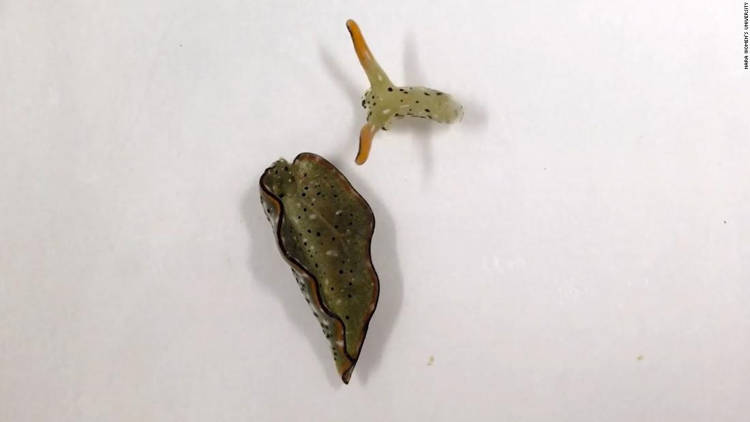
Japanese researchers recently the incredible ability of a sea slug to basically sever its own head and simply grow a new body, complete with fresh vital organs. Autotomy, the behavior whereby an animal sheds or discards one or more of its own appendages, usually as self-defense mechanism, only to grow them back later, is well […]
Chinese Zoo Tries to Pass Rottweiler Dog Off as Wolf

A zoo in Xianning, Central China, has sparked outrage on social media after it was revealed that it had tried to pass off a Rottweiler as a wolf. Footage showing a visitor to the Xiangwushan Zoo in Xianning, Hubei province, visiting the wolf enclosure only to find a Rottweiler resting inside went viral on Chinese […]
The Gunthers – The Incredible Story of the World’s Richest Dog Dynasty

The world is full of pampered pets, but while some depend on their owners wealth, a lucky few have their own fortunes. And no animal is as wealthy as Gunther IV, a beautiful German shepherd and member of the world’s richest dog dynasty. It’s hard to imagine any animal being the beneficiary of a fortune […]
Marble Crayfish – The Self-Cloning Crustacean Taking Over the World

The marbled crayfish or marmokreb, a mutant species that didn’t exist 25 years ago, is considered one of the most invasive freshwater creatures in the world, and it’s all due to its remarkable capacity to clone itself. The rise of the the marbled crayfish as an internationally recognized invasive species can be traced back to […]
Australian Woman Photographs Moth Larger Than Her Hand
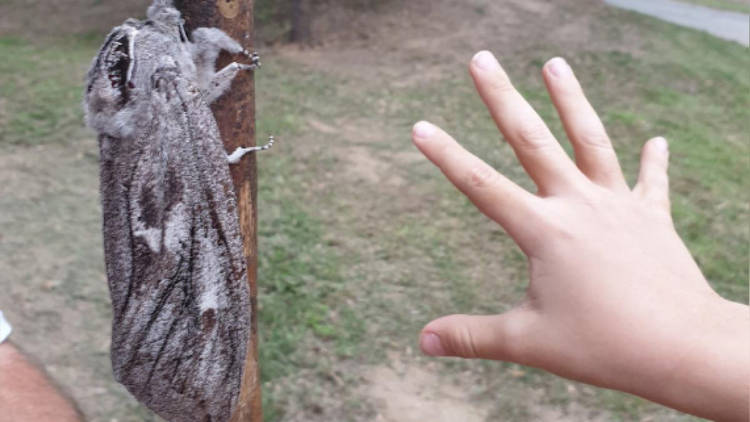
An Australian woman recently took to Facebook to share photos of a giant moth she stumbled across in outside of Brisbane. Pam Taylor posted the first photos of the frighteningly large insect on the Amateur Entomology Australia group, on February 23. The pics showed a huge grey moth clinging to a tree branch. To show […]
This Is What a Sheep Looks Like After Five Years Without Shearing
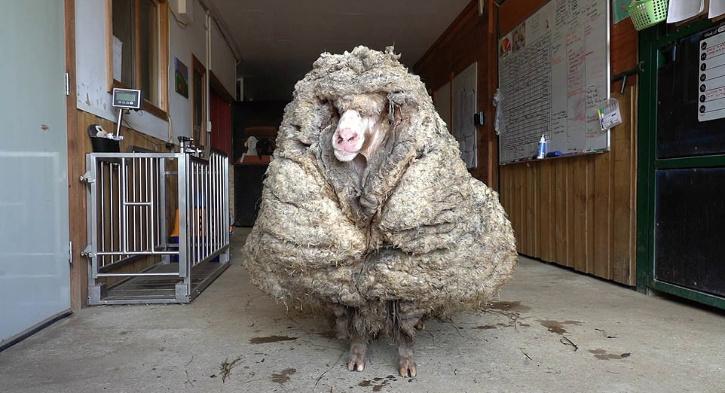
Sheep need to be shared annually, otherwise their wool continues to grow to the point where it’s hard to tell they are still ship. That’s what happened to this poor ship in Australia, whose wool hadn’t been sheared in 5 years. Photos of a “wild” sheep found in a forest in Australia went viral this […]
Man And Swan Have Been Best Friends for the Last 37 Years
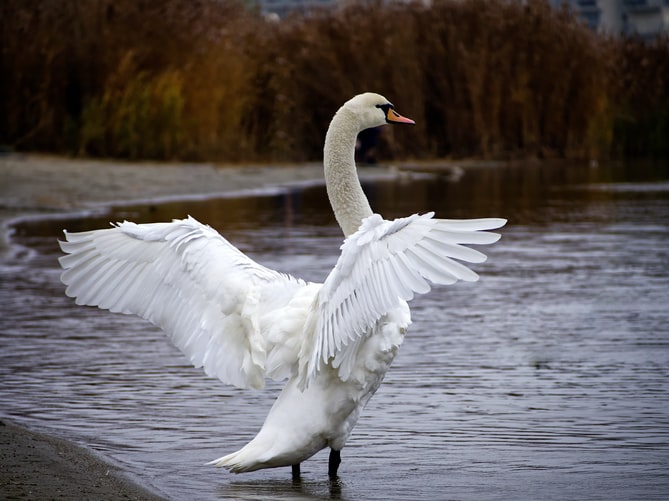
A retired postman from Turkey and a beautiful white swan have been inseparable for nearly four decades, and the story of their amazing friendship has melted the hearts of millions. When Recep Mirzan spotted a wounded swan in a filed in Turkey’s Edirne province, in 1984, he had no idea that he was about to […]
Internet Outraged by Instagram Model Who Tattooed Her Pet Cat
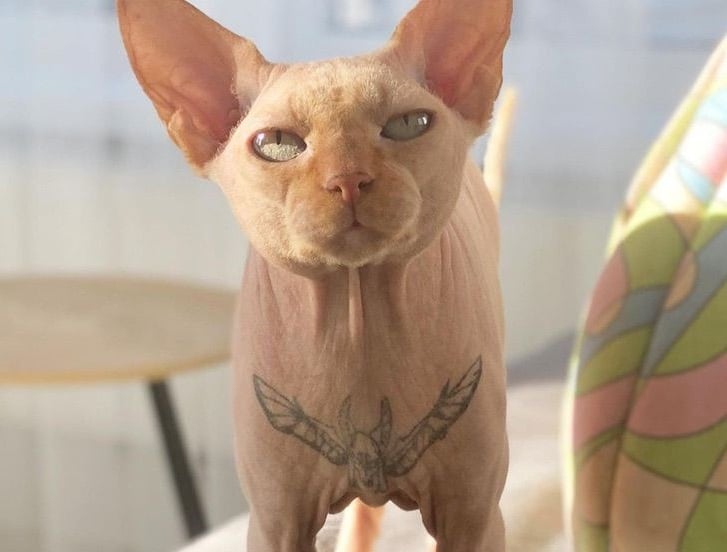
A Ukrainian fitness model has come under fire from animal lovers after photos of her tattooed pet Sphynx went viral on social media. Elena Ivanickaya, a fitness enthusiast and Instagram model, first sparked controversy in 2017, when she announced that she had had her pet hairless cat, Yasha, tattooed, even posting photos of the sedated […]
Natural Sharpshooter – Archerfish Uses Its Mouth as a Water Gun to Hunt Prey
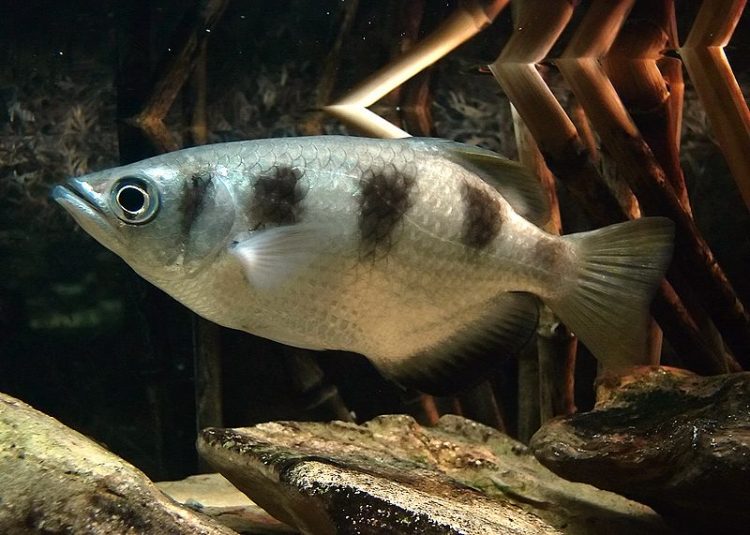
The archerfish is famous for its ability to accurately shoot prey from several meters away with a powerful jet of water generated from its mouth. Toxotes jaculatrix, commonly known as the archerfish, lives in the in mangroves of southern and southeast Asia, where they spend much of their time stalking prey from beneath the surface […]
Cat Survives Three-Week Journey Locked in Shipping Container With No Food or Water

A resourceful feline has surprised the workers of a shipping company when it emerged from a locked container after spending three weeks at sea with no food or water. Earlier this month, Ukrainian logistics company Star Shine Shipping LTD took to Facebook to report a rather unusual tale of survival involving a curious feline. When […]
Man Spends Over $400 Treating Limping Dog, Only to Learn It Was Only Imitating Him

A UK man who had spent around £300 on vet bills after his pet dog started limping, learned that there was nothing wrong with the animal, and that he was allegedly only limping out of sympathy for him. Russell Jones was left unable to walk without limping after breaking his ankle in an accident last […]
The Story of a Man Who Spent 72 Hours with 72 Venomous Snakes To Prove They Only Bite if Provoked
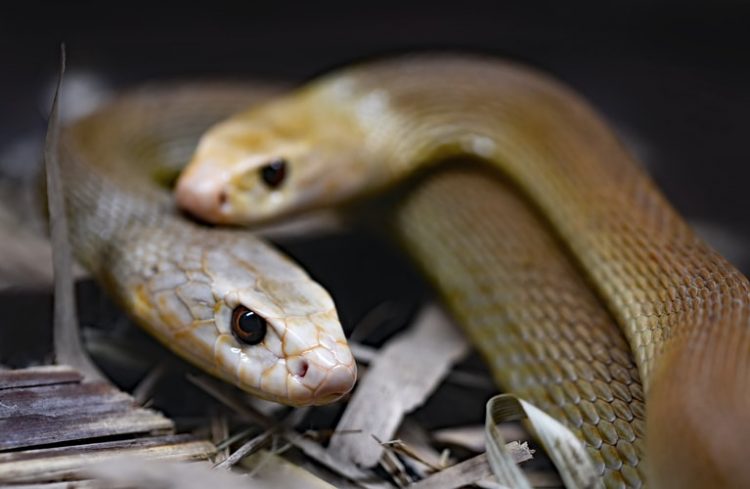
Respected Indian herpetologist Neelam Kumar Khaire has a very interesting record to his name. In his youth, this reptile lover spent 72 hours in an enclosure with 72 venomous snakes for company. He proved that the snakes only bite when provoked, and set a Guinness record in the process. Khaire’s legendary feat dates back to […]
